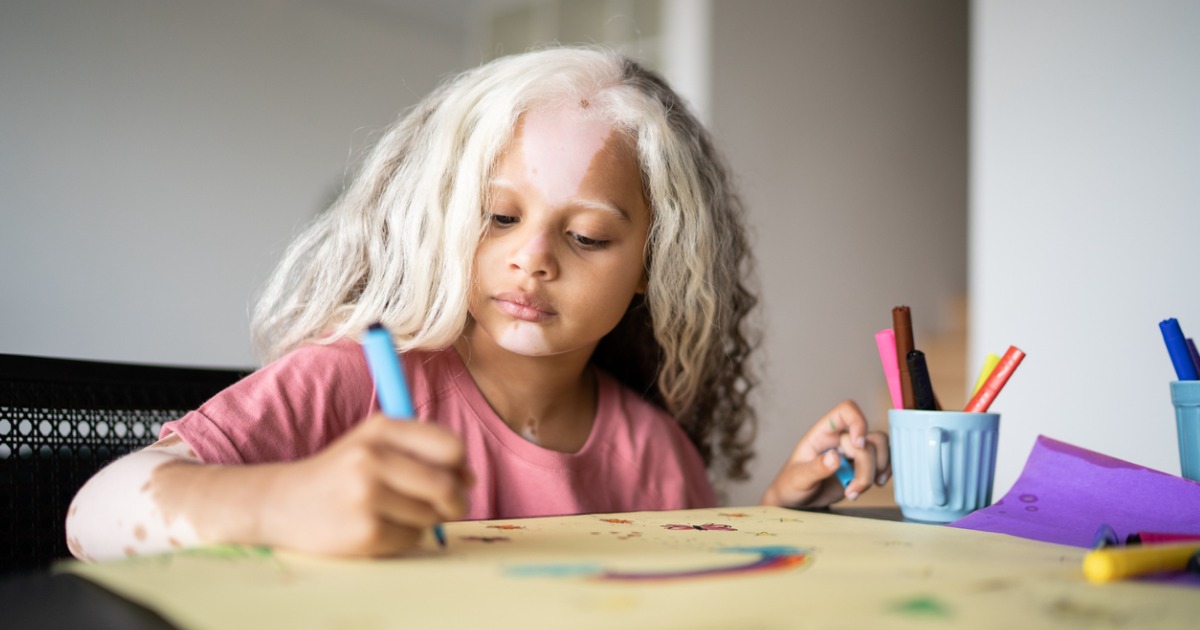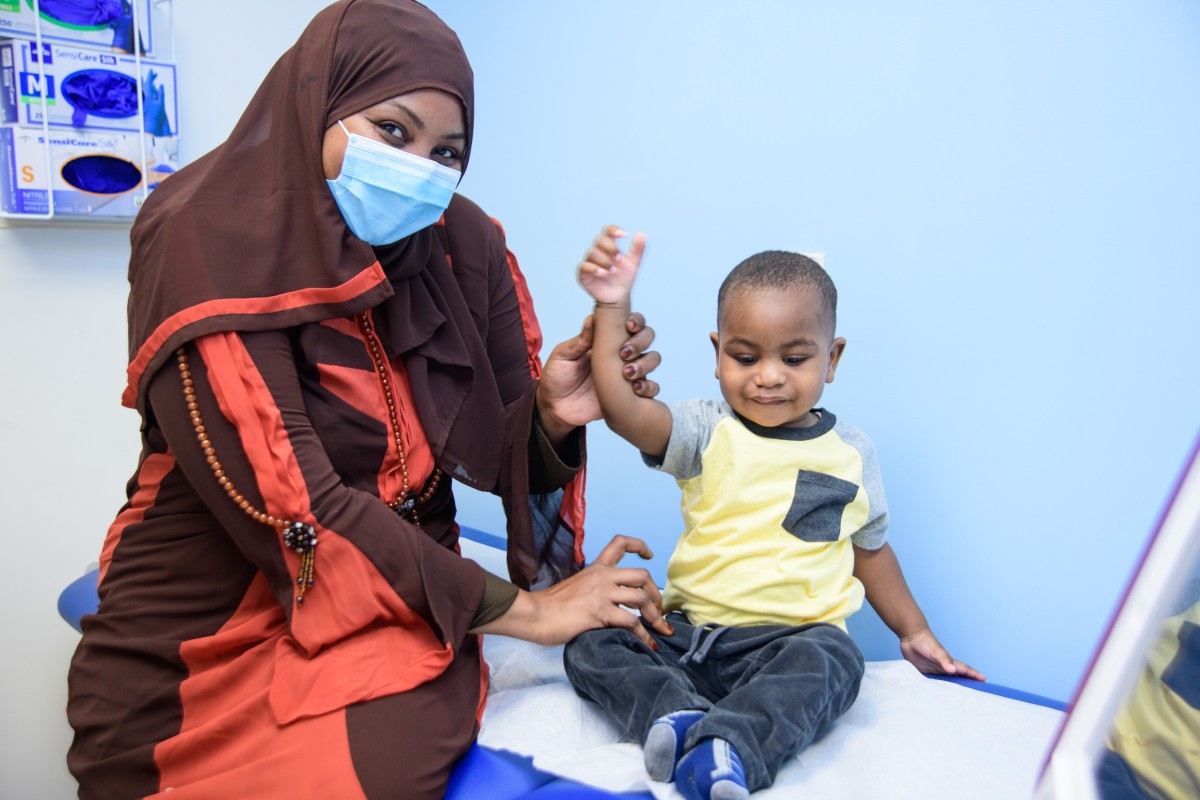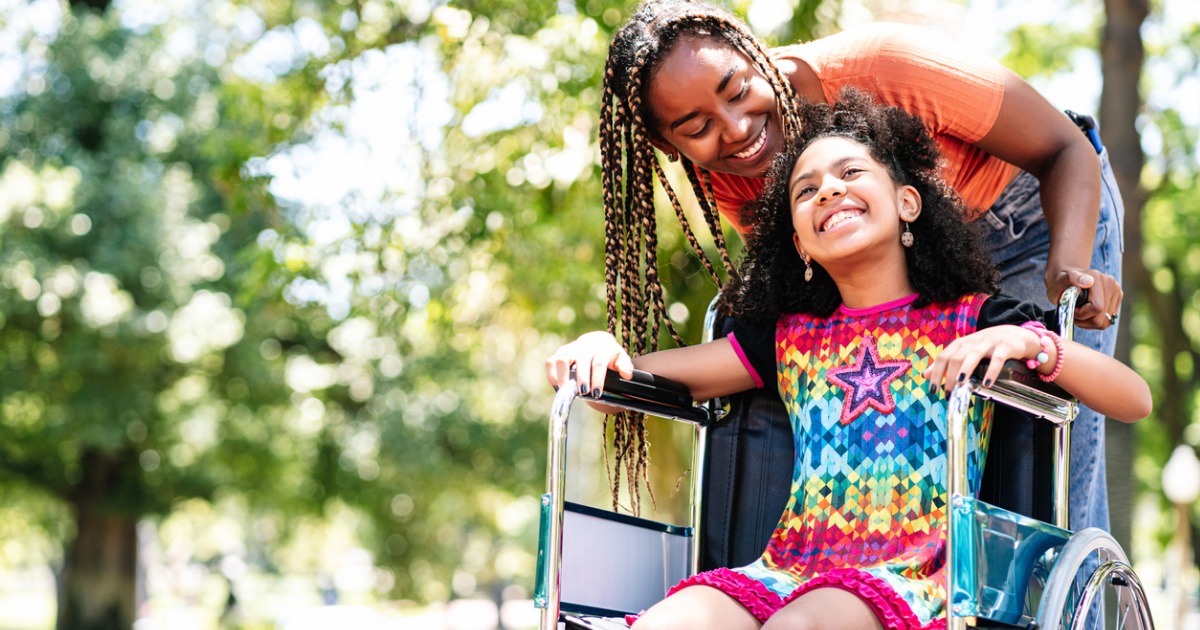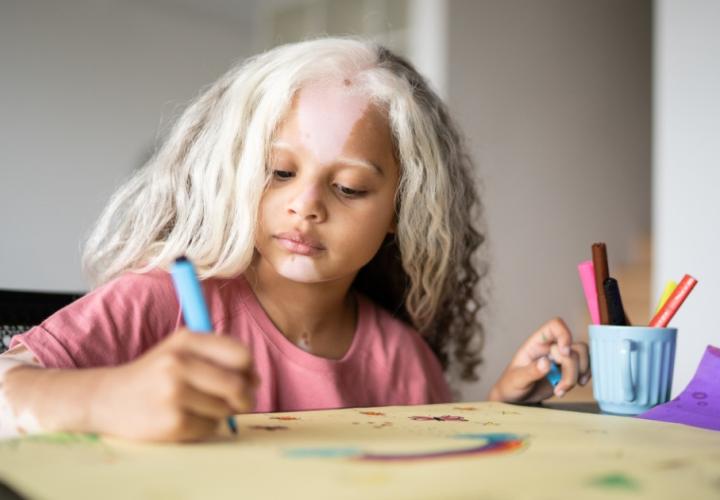In recent years, many diversity, equity and inclusion (DEI for simplicity) topics around social justice, racism and more have bubbled to the surface. To be fair, many of us adults are still educating ourselves on what we should know, and why it matters. But what information do you need to talk to your kids? Here are seven potentially uncomfortable, real-life topics, what they mean and how to address them.
1. Stereotypes
- What They Are:
Stereotypes are oversimplified ideas of people based on shared characteristics. - How or Where They Happen:
Stereotypes are all around us and they’re all too common. Our brain naturally compartmentalizes, or puts things into boxes so it naturally forms these beliefs, but they can be problematic and limiting. Here are some examples of stereotypes:- Treating the woman in the family as the sole caregiver
- Assuming certain groups are poor or of “illegal” immigration status
- Believing or stating that certain types of people are “weird” or different than oneself
2. Unconscious Bias
- What It Is:
Unconscious biases are very similar to stereotypes. An unconscious bias is an opinion formed about someone or something—not necessarily an outward judgment or action, unlike a stereotype. An unconscious bias can turn into a stereotype, though. - How or Where They Happen:
Like stereotypes, unconscious biases are all around us. Here are examples:- Refusing to read a book because of the genre
- A supervisor thinking young female workers are not as intelligent (also, gender bias and ageism)
- Believing that overweight people are less clean
- Thinking someone with a skin condition or chronic illness is contagious

3. Gender Bias
- What It Is:
When people prefer one gender over another, and make assumptions about a particular gender or about gender diverse people. Gender bias can be a form of stereotype and unconscious bias. - How or Where It Happens:
You guessed it—it’s everywhere. Here are some examples to watch out for:- Male bosses sending flowers to only women in the workplace
- Patients thinking male nurses will not do a good job because women are “supposed to” be in that role
- Patients assuming that a female clinical team is a nurse when she is actually a doctor
- Telling a gender diverse or transgender person to use the other bathroom
4. Microaggressions
- What They Are:
Microaggressions are interactions and behaviors that communicate some kind of opinion toward historically underrepresented groups such as those who identify as BIPOC (Black, Indigenous or People of Color) or LGBTQIA (lesbian, gay, bisexual, transgender, queer, intersex, and asexual). - How or Where They Happen:
Microaggressions can come up anywhere at work, school or out in the community—and they can be in the form of comments, body language or other behaviors. While most people don’t mean to be outwardly harmful, microaggressions can make marginalized groups feel “less than.” Here are some examples:- “Your name is super hard to pronounce. Do you have a nickname?”
- “I don’t see color—I only see you as my friend.”
- Telling a person struggling with weight that they should eat less.
- Scheduling meetups, playdates or other events without considering religious obligations or dietary restrictions.

5. Privilege
- What It Is:
Having “privilege” means someone has an unearned special right, social advantage, benefit or general higher standing than others—simply because they belong to a specific group. This happens everywhere and, truthfully, many of us are privileged in some way. - How or Where Privilege and Lack of Privilege Happen:
- White people are born with white privilege just for being white. This is not a criticism, rather, a fact.
- Being the only person of your race in a room, environment or sports team
- In the media, which still tends to favor thin, white, able-bodied people.
- Having access to healthcare resources simply because of your ability to pay
6. Ageism
- What It Is:
Ageism is how we think about ourselves or other people based on their age. It affects everyone of all ages and mostly in the workplace and in the community. - How or Where It Happens:
According to the World Health Organization, children as young as 4 can sense ageism. Research also shows that half the world’s population is ageist against older generations, but younger generations can feel ageism’s impact, too. Here are examples:- Saying phrases like, “That person looks good for their age!” (This is also a microaggression.)
- Assuming that older people don’t know how to use technology
- Believing that millennials are entitled and lazy.
- Name-calling like, “old geezer,” or, “young whippersnapper”
7. Ableism
- What It Is:
Ableism is when one thinks of people with disabilities as “less than.” We witness ableism in words, actions and other behaviors—intentional and unintentional. - How or Where It Happens:
- Kids curiously asking, “What’s wrong with them?”
- Saying phrases like, “You don’t look disabled,” or “You’re crazy—did you forget your meds today?”
- School not following your child’s IEP or 504 plan
- Facilities not being accessible, e.g. no elevators, ramps or automatic doors
>Related: 8 Tips to Help Kids With Special Needs Adjust to a New School Year

How can you address DEI topics with kids?
When tackling these issues, here are some steps to consider:
- Self-check: It’s very likely that you have done or thought any of the above—we all have at some point—it’s very common. Take some time to recognize your own biases, which you can use as an example when talking to others.
- Mental health check, too: Sometimes, we may not want to ask for help because of the bias against mental health, which we continue to face as a society. But, it’s important to when issues affect children and teens. Look for the clues that your child needs help and know where to turn for support.
- Also a reality check: Understand and help your kids understand that we may make mistakes when talking to people. That’s ok. Reassure them that it’s best to apologize, listen and learn.
- Word watch: Teach your kids, or students, how powerful words can be no matter the intent behind them. Ask them to give examples of times someone hurt their feelings, and explain that sometimes words can affect someone permanently.
- Model behavior: Try your best to encourage a healthy, inclusive environment. Show your kids the behavior you want to see. For example, have each member of your family or classroom make a positive observation about someone else every day, or acknowledge when they take part in a bias or stereotype.
- Be the change: Fight for better policies that affect kids. Between now and the next election season, have open conversations with your kids about issues that are important to them and let them know your plan of action to vote or write to state legislatures.
- Read about it: Ask your local library for age-appropriate books that touch upon the themes mentioned above.
Keep tabs on the media: What is your child watching? Following? Listening to? Pay attention to what’s being portrayed in the media. Sometimes, things kids encounter in the media may encourage bias and stigma—this can be used for conversation. - Celebrate differences and similarities: Embrace cultures other than your own and explore them together with your children. Celebrate Black History Month, Asian American, Native Hawaiian and Pacific Islander Heritage Month, Pride Month, Hispanic Heritage Month, Native American Heritage Month and more with children.
>Related: How to Manage Negative Emotions When Your Child is Watching
